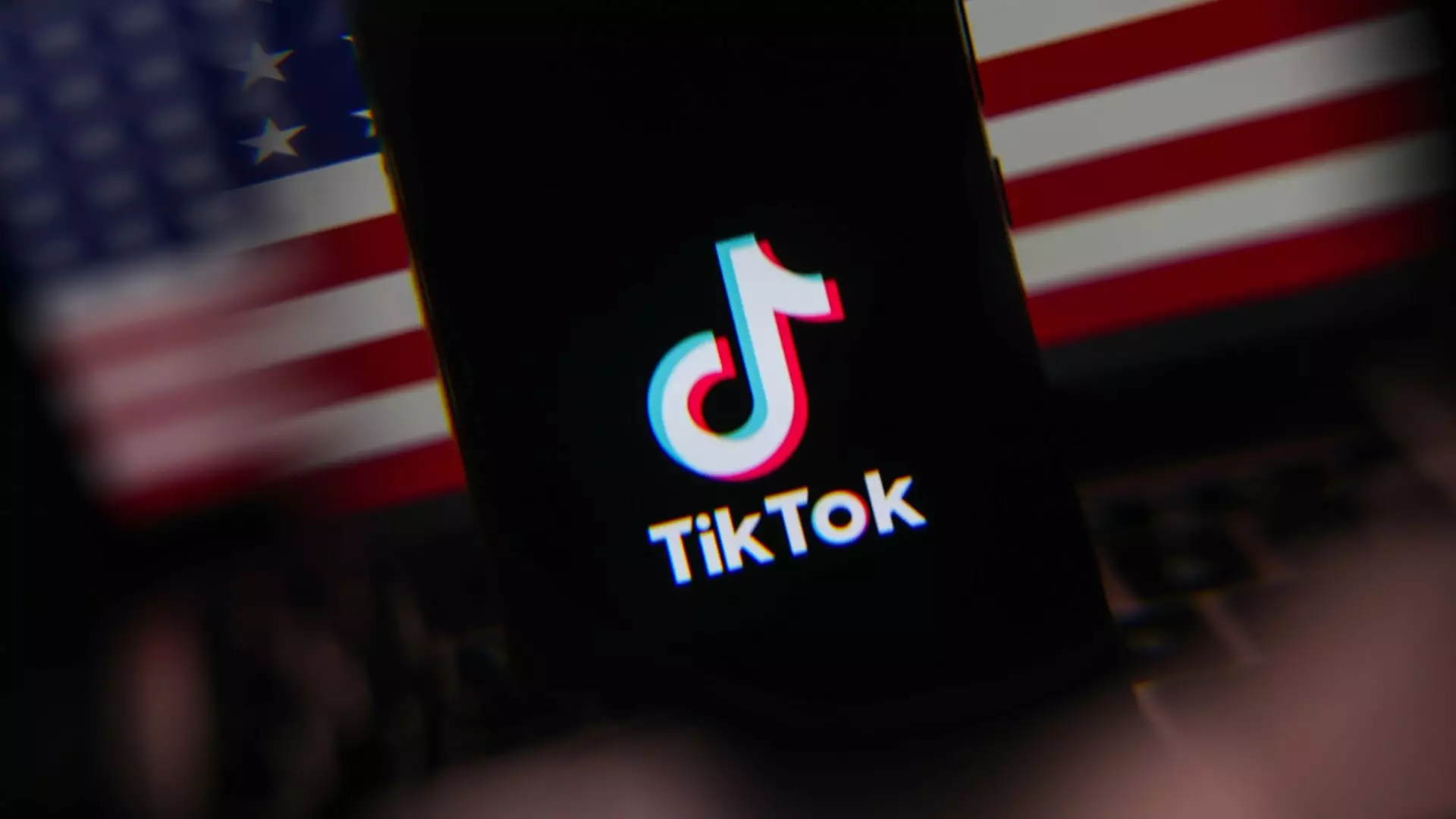In a dramatic saga that has encapsulated the intersection of technology, national security, and free speech, TikTok’s tumultuous relationship with the U.S. government has taken yet another turn. On Thursday, the popular Chinese-owned social media platform made its return to the Apple App Store and Google Play Store after being removed on January 18. This article explores the factors that led to TikTok’s removal, the legal implications surrounding its operation in the U.S., and the broader societal implications of this ongoing debate.
The saga began with the Protecting Americans from Foreign Adversary Controlled Applications Act, legislation signed by former President Joe Biden in April that forced TikTok’s parent company, ByteDance, to divest its U.S. operations or risk a ban. The looming deadline of January 19 added to the pressure as TikTok temporarily halted services in the U.S. when the law commenced. The main legal contention rests on the app’s alleged ties to the Chinese government and worries about data security and user privacy. These concerns led the U.S. Supreme Court to support the Biden administration, declaring that divestiture was necessary to tackle these security issues effectively.
TikTok has pushed back against these allegations, claiming that its users’ First Amendment rights are being infringed upon by the enforcement of this law. With over 170 million active users in the U.S., the platform has positioned itself as a vital space for creativity and self-expression, emphasizing that its operations do not inherently pose a threat to national security. The contrast between the government’s claims and TikTok’s defense emphasizes the complexity of balancing safety with individual rights—an issue that resonates within the current climate of heightened cybersecurity concerns.
The Aftermath: Resilience in User Engagement
Interestingly, despite being absent from major app stores for nearly a month, TikTok reported recovering about 90% of its user traffic shortly after the ban was enacted. This resilience underscores the platform’s widespread appeal and the difficulty of fully disentangling it from American digital culture. TikTok’s ability to bounce back so quickly raises questions about the efficacy of the regulatory measures imposed and whether they can truly enforce a meaningful separation from foreign influence.
The political sentiment surrounding TikTok has continued to shift, with former President Donald Trump suggesting a 50% U.S. ownership in a potential joint venture as a means to “save TikTok.” This proposition further complicates the story, revealing the level of interest that the U.S. government has in forming partnerships that may alleviate some fears without fully addressing the underlying national security concerns. Whether these negotiations will lead to substantive change remains uncertain, but the implications will undoubtedly affect millions of users and the broader social media landscape.
As TikTok re-emerges within the Apple and Google ecosystems, it is evident that the battle over its existence in the U.S. is far from over. The juxtaposition of national security considerations with First Amendment rights presents a complex challenge that both the government and the platform must navigate. Ultimately, the future of TikTok may hinge on its ability to reconcile these competing interests while maintaining user trust and engagement in a rapidly evolving digital environment.

